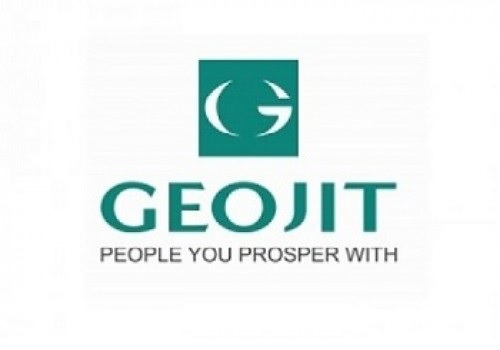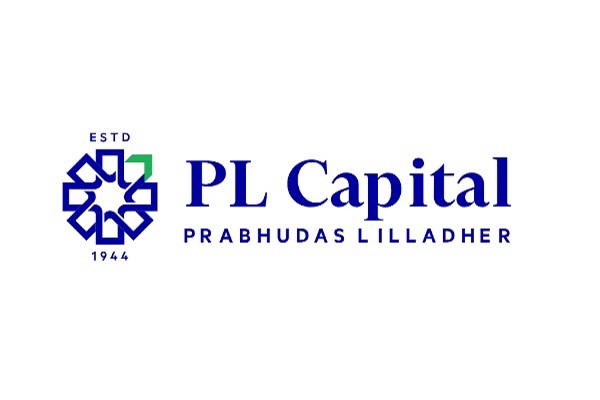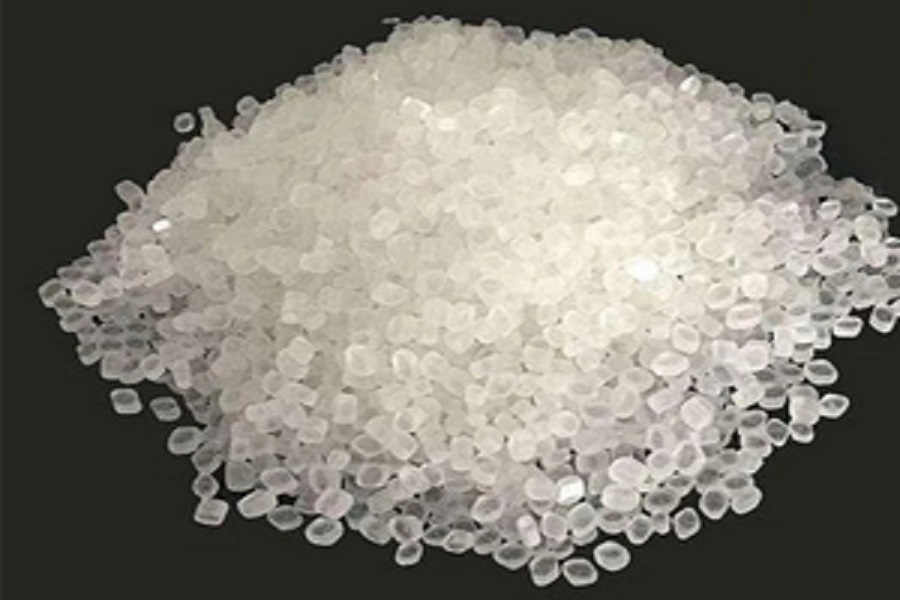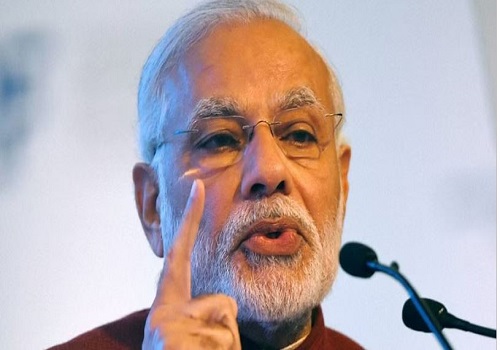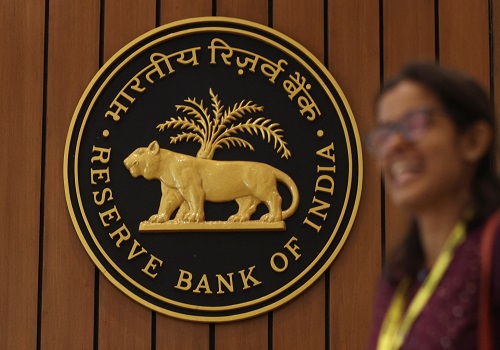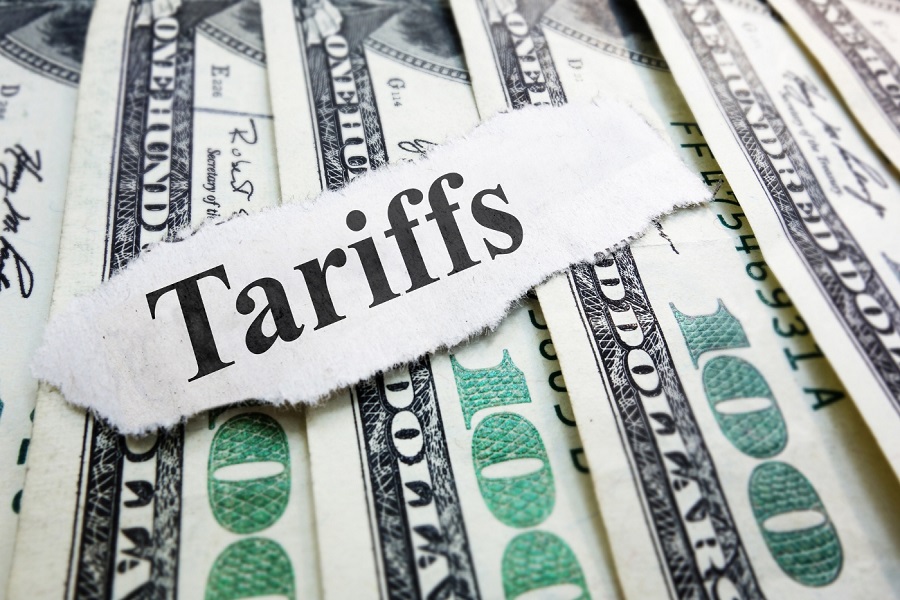India`s LPG consumption grows 44 pc to 31.2 MMT between FY17-FY25

Liquefied petroleum gas (LPG) consumption in India grew over 44 per cent to 31.3 million metric tons (MMT) in fiscal 2025 from 21.6 MMT in fiscal 2017 and is projected to touch 33-34 MMT in fiscal 2026, riding on widespread household access and increasing refill intensity, a report said on Wednesday.
The average household LPG refills for Pradhan Mantri Ujjwala Yojana (PMUY) beneficiaries have risen to 4.5 per household per year in fiscal 2025 from 3.9 cylinders in fiscal 2017, fuelled by better affordability, improved delivery networks, and increasing reliance on LPG for everyday cooking energy needs.
Non-Ujjwala households have maintained refill levels of 6-7 cylinders per household per year across the past five fiscal years.
"The share of LPG used for commercial and industrial purposes has risen to 16 per cent in fiscal 2025 from 10 per cent of total LPG demand in fiscal 2017, driven by rising adoption in food services, institutional kitchens and small manufacturing clusters, broadening the demand base and mitigating traditional seasonal fluctuations observed in household consumption," Crisil Ratings said in its report.
Domestic LPG production has edged up to 12.8 MMT in fiscal 2025 from 11.2 MMT in fiscal 2017, but this incremental increase in supply has failed to keep pace with the robust growth in national demand.
Consequently, the domestic contribution to overall LPG availability has weakened over time.
According to the report, India’s LPG market remains heavily reliant on imports, with 55-60 per cent of demand met through imports over the past decade, despite steady domestic production growth.
The recent India-US LPG agreement, involving 2.2 million tonne per annum of long-term volume, signifies a notable shift in supplier diversification, reducing historical reliance on Middle Eastern producers.
"While the strategic advantages of the deal are substantial, landed cost sensitivities linked to freight could shape the economics of oil marketing companies in the near term," the report stated.

